Advertisement
SUITBORN Night 2

Suitborn Night 2 begins with an atmosphere that feels heavier than before. The silence between sounds stretches longer, creating a tension that never truly eases. You return to your post expecting the same challenges from the previous night, only to discover that the rules have shifted. Certain corridors you once relied on are now blocked, and the equipment layout has changed in ways that make your tasks slower to complete. Even routine systems like door controls and lighting seem to operate with a delay, forcing you to pause in exposed areas longer than you would like.
New Operational Challenges
Your workload expands significantly during this shift. Maintenance tasks now require you to travel to sections of the facility that were previously off‑limits, and each location presents its own hazards. Some areas have reduced visibility due to dimmed emergency lights, while others are filled with mechanical noise that makes it difficult to hear approaching threats. The main control panel now generates more alerts than before, often pulling your attention away from what you were working on. With more objectives spread across a larger area, prioritizing becomes an essential part of survival.
Evolving Threat Behavior
The threats within the facility show signs of adaptation. They no longer move without purpose; instead, they appear to respond to your actions and shift their patterns to block your progress. Their timing becomes less predictable, making it dangerous to rely on previous observations. Surveillance systems still function, but their coverage is more limited, providing only brief glimpses of hostile movement before losing signal. This forces you to depend more on instinct and memory when deciding your next steps.
Key strategies for navigating these changes include:
- Planning routes that limit unnecessary exposure
- Listening for environmental cues that indicate movement nearby
- Keeping backup tools ready for unexpected repairs
- Avoiding repeated patterns that make your location predictable
- Completing high‑risk objectives early in the shift
A Shifting And Unstable Environment
The deeper into the night you progress, the more unstable the facility feels. Certain walls emit a low vibration as if machinery inside them is straining under pressure. Air vents circulate colder air, carrying faint but unfamiliar scents from parts of the building you have not explored. Doors that were open earlier may be sealed when you return, forcing long detours that take you into less secure areas. The entire layout begins to feel unpredictable, as though the environment itself is shifting in response to your presence.
Advertisement



























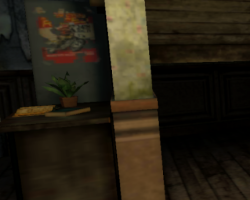




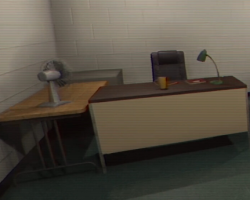
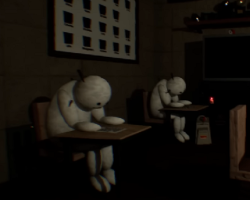
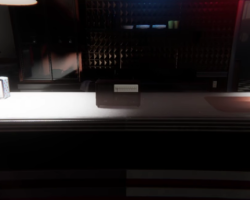

































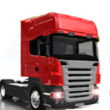

















Comments